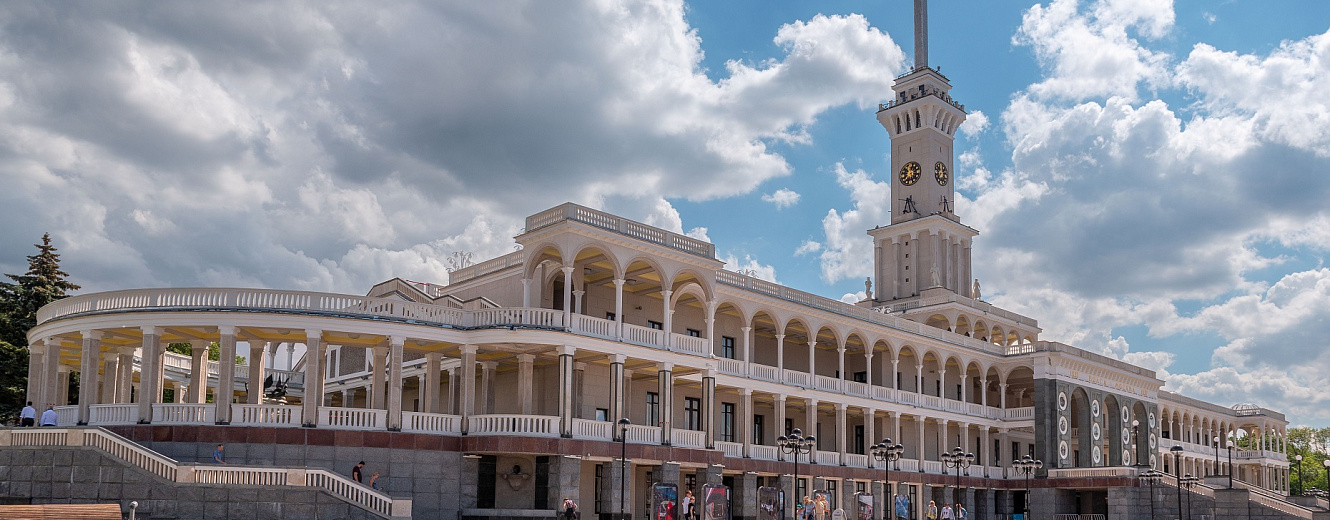Moscow

The capital of Russia and the country’s principal political, economic, financial, educational, and transportation center.
The Coat of Arms of Moscow depicts an equestrian with a spear in his hand slaying a dragon. The equestrian is often informally identified with Saint George. The city is named after the river. The origin of the name is unknown, although several theories exist. One theory suggests that the source of the name is an ancient Finnic language, in which it means “dark” and “turbid”.
The first reference to Moscow dates from 1147. Nine years later, Prince Yuriy Dolgorukiy ordered the construction of a wooden wall, which had to be rebuilt multiple times, to surround the emerging city. After the sacking of 1237-1238, when the Mongol-Tatars burned the city to the ground and killed its inhabitants, Moscow recovered and became the capital of an independent principality in 1327.
Under Ivan I the city replaced Tver as capital and became the sole collector of taxes for the Mongol-Tatar rulers. In 1380, Prince Dmitry Donskoy of Moscow led a united Russian army to an important victory over the Tatars in the Battle of Kulikovo. After 2 years of battle, Moscow was completely destroyed. In 1480, Ivan III had finally broken the Russians free from Tatar control, allowing Moscow to become the center of power in Russia. Moscow became the capital of an empire that would eventually encompass all of present-day Russia and parts of other lands. The 17th century was rich in popular risings. The city ceased to be Russia’s capital in 1712, after the founding of St. Petersburg by Peter the Great on the Baltic coast in 1703.
Following the success of the Russian Revolution of 1917, on March 12, 1918, Moscow became the capital of the Russian Soviet Federative Socialist Republic and the Soviet Union less than five years later.
During the Great Patriotic War, the Soviet State Committee of Defense and the General Staff of the Red Army was located in Moscow. Many factories were evacuated, together with much of the government, and from October 20, the city was declared to be under siege. Despite the siege and the bombings, the construction of Moscow’s metro system, which began in the early 1930s, continued through the war and by the end of the war, several new metro lines were opened.
In 1991 Moscow was the scene of a coup attempt by the government members opposed to the reforms of Mikhail Gorbachev. When the USSR was dissolved in the same year, Moscow continued to be the capital of Russia. Since then, the emergence of a market economy in Moscow has produced an explosion of Western-style retailing, services, architecture, and lifestyles.
During bus city tour, you will have a chance to get acquainted with the most interesting sights of Moscow: Tverskaya street, Red square, GUM, Cathedral of Christ the Savior etc. Get inside the renowned Kremlin to see famous Tsar Canon and Tsar Bell, visit one of the Cathedrals, which played the major role in all of Russian tsars’ lives. Spend your afternoon visiting optional excursions that will be offered onboard.

